Historical Origin And Design Inspiration
The earliest known billiard table, in the royal court of Louis XI of France (1461 1483), was simply lawn brought indoors and placed on a large, everyday table. Rail-bounded, cloth-covered tables specifically for billiards, with wooden beds rail cushions (made of layered felt, or stuffed with straw, soon evolved as the game's popularity spread among French and later other European aristocrats.
The increasing demand for tables and other equipment in Europe was initially met by furniture makers of the era, some of whom began to specialize in billiard tables. By 1840, the table beds were made of slate, as they are to this day in quality tables. English table maker John Thurston was instrumental in this change, having tested the surface since 1826. After experimenting with hair, shredded fabric and feathers as stuffing for the cushions, he also introduced rubber cushions in 1835.
This was not initially a success, as the elasticity would vary with ambient temperature. After attempting to market cushion warmers with only partial success, Thurston was saved by the 1843 discovery of vulcanization by English engineer Thomas Hancock. Thurston used vulcanized rubber in his later cushions, and it is still used today by many manufacturers (some use synthetic materials). Thurston's first set was presented to Queen Victoria.
In the United States, manufacture of billiard tables has been ongoing since at least the mid-19th century.
The forerunner of the Brunswick Company began commercial manufacture in 1845. In San Francisco, California, several manufacturers were active by the late 1800s.
Most Designs Used Today Were Conceived Hundreds Of Years Ago By Some Of The Worlds Most Famous Architects And Designers Working For The Aristocracies And The Well To Do Of Their Period. </div id="red12">Many of these architects and designers are as well known as Leonardo da Vinci (renaissance architecture) or Michelangelo,s (baroque architecture) as well as more recently William Morris, John Ruskin (founders of the Arts and Crafts furniture movement in circa 1800 England) Gustave Stickley (founder of the American Arts and Crafts movement in America circa 1900.) Frank Loyd Wright, Charles and Henry Greene to name a few.
Every Successful Creative Enterprise Is Always Built On A Foundation That Was Laid Down By Its Predecessors.</div id="red12"> All creative people are dependent upon the groundwork laid down by those who came before them. H. J. Nick, artist and direct descendant of the Marbella brothers, and ArtFactory.com have built on these foundations and have raised the bar of quality even higher. Thus setting a new standard and offering the finest one of a kind handmade furnishings found anywhere in the world in the 21st century.
Today Our Master Craftsman Build All Of Our Products Using The Identical Methods And Materials Of The Historical Period Of Each Furnishings Design Conception.</div id="red14">
All 21st Century Designs Are Also Built By Our Master Craftsman Using These Classic Traditional Methods.</div id="red14">
Whether We Build Products For Your Modern Dream Home Or Ancient Castle </div id="red14">every element Is always built to future collectable antiquity investment quality standards and will stand the test of time. Destined to become a part of your families appreciating financial net worth as well as a proud to own legacy heirloom.



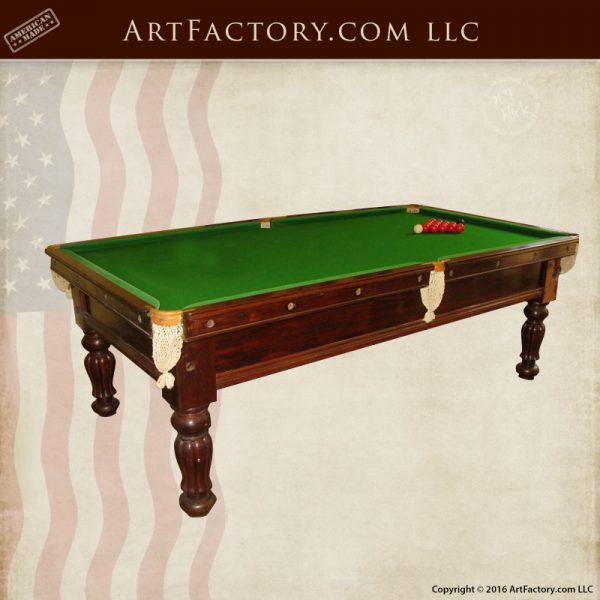
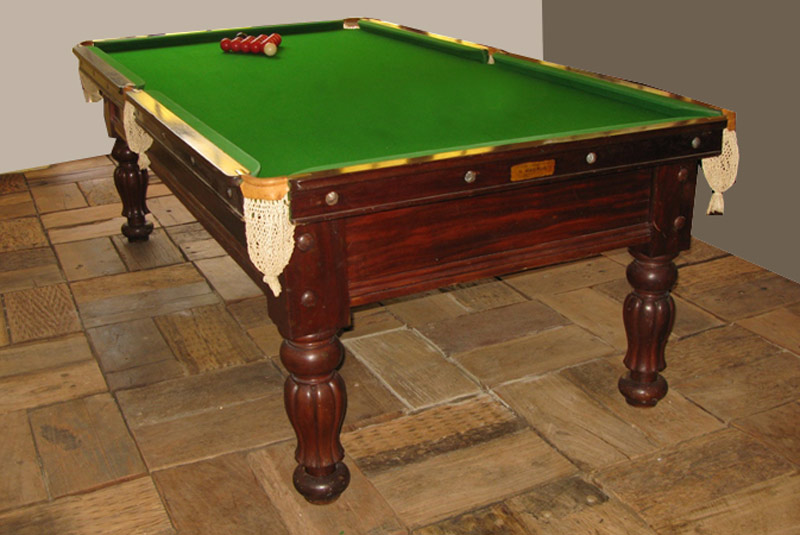
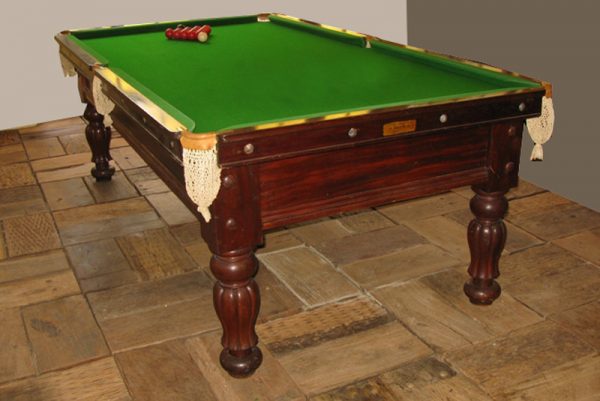
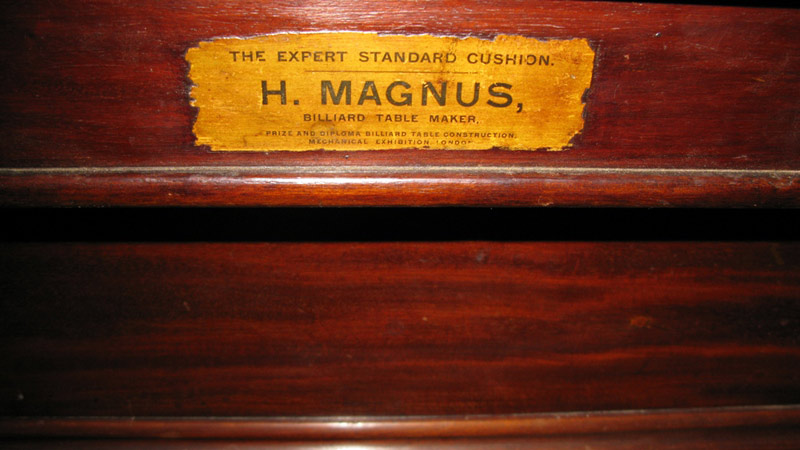
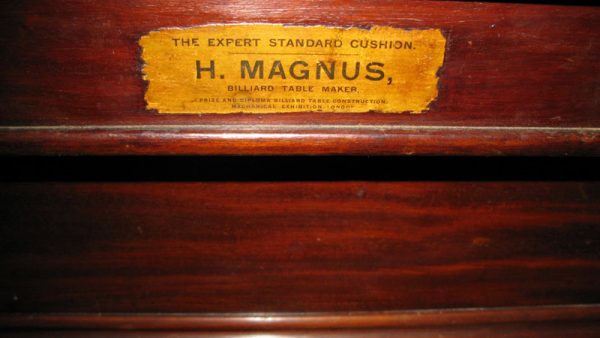
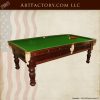
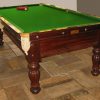
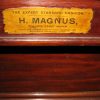


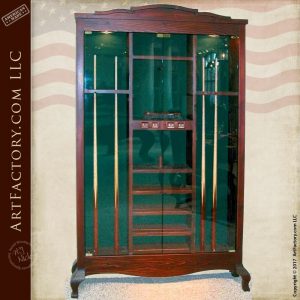
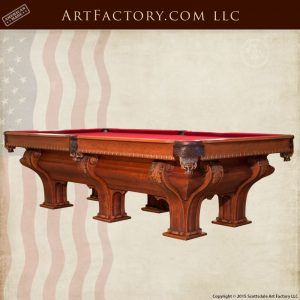
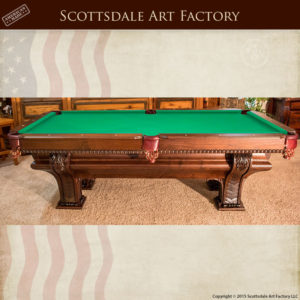
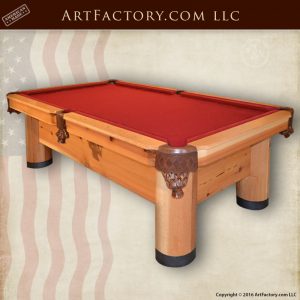
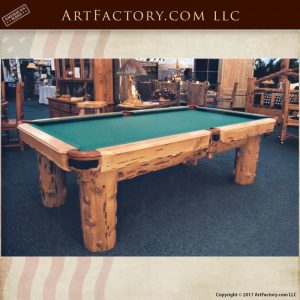

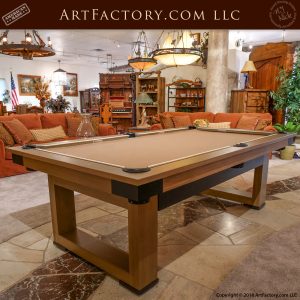
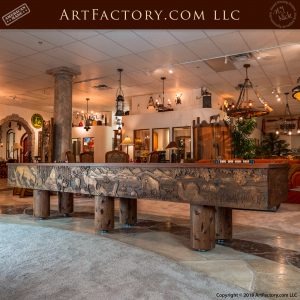
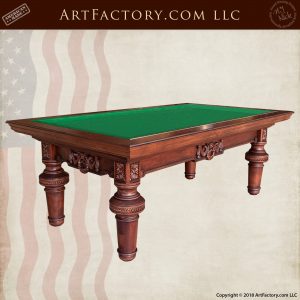
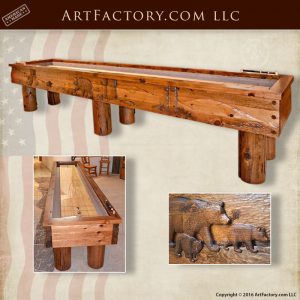
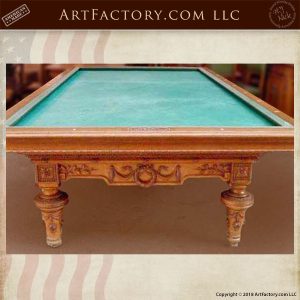
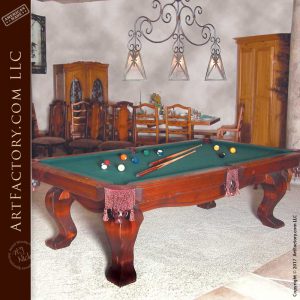
Reviews
There are no reviews yet.